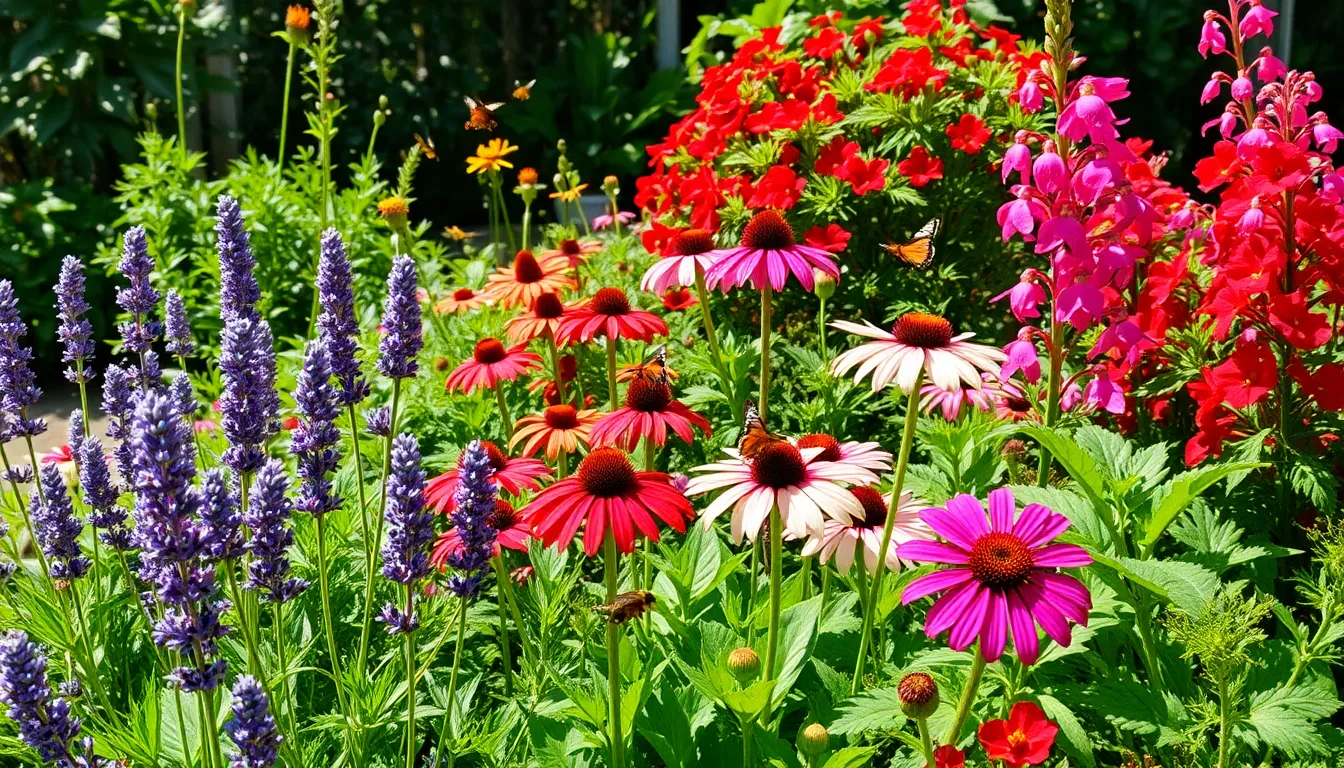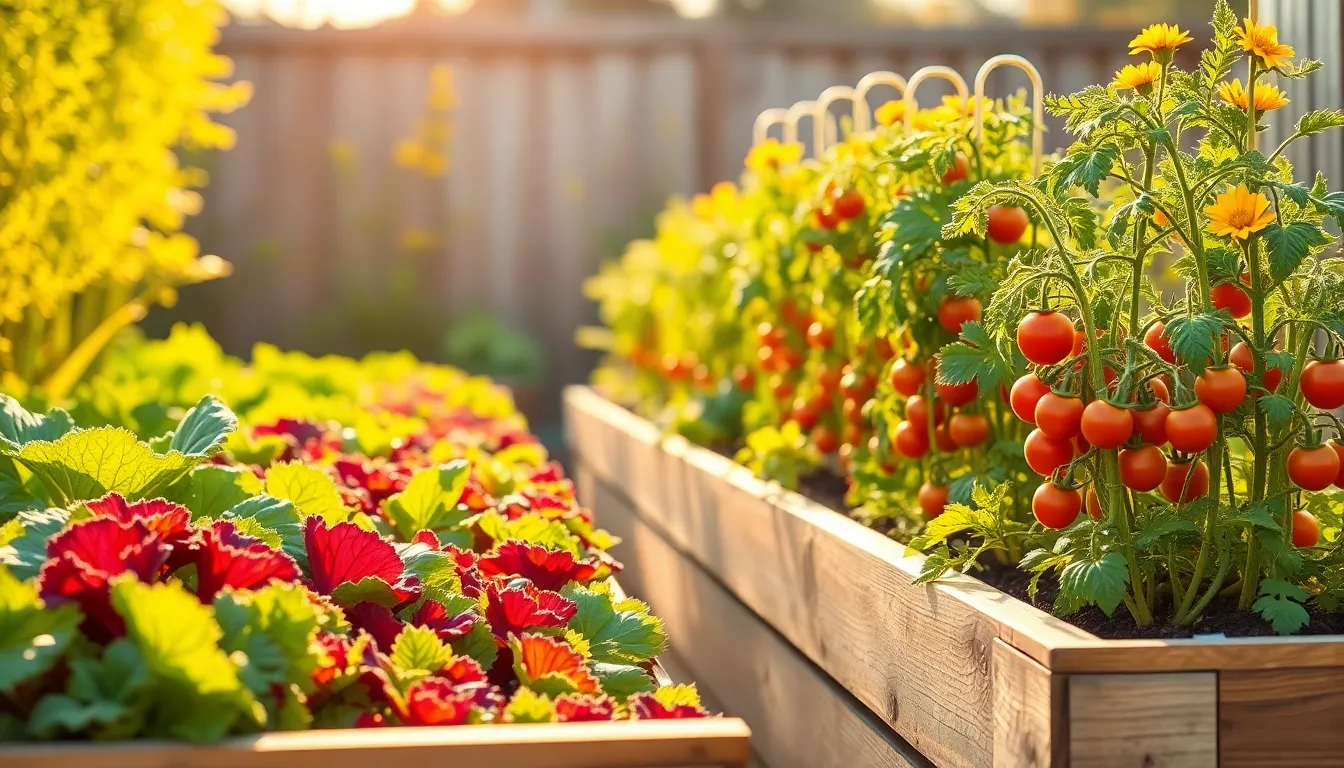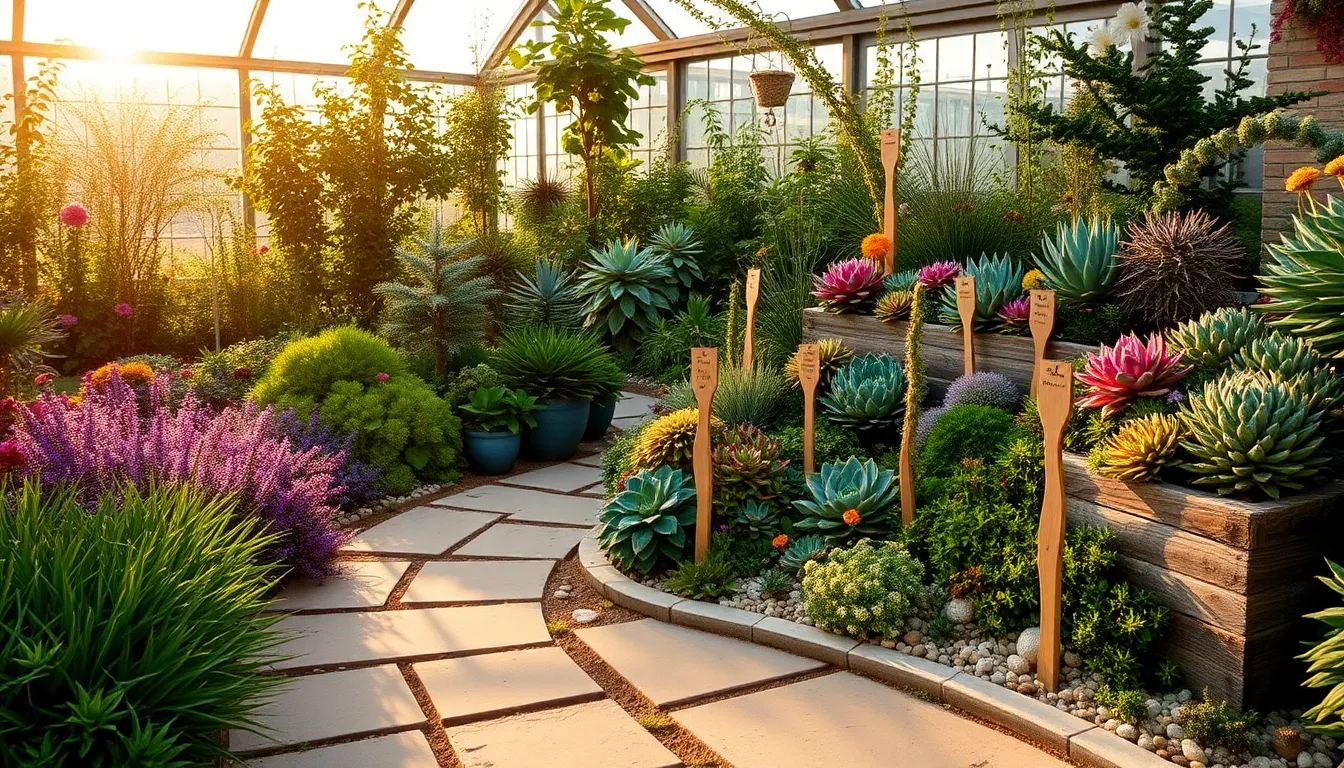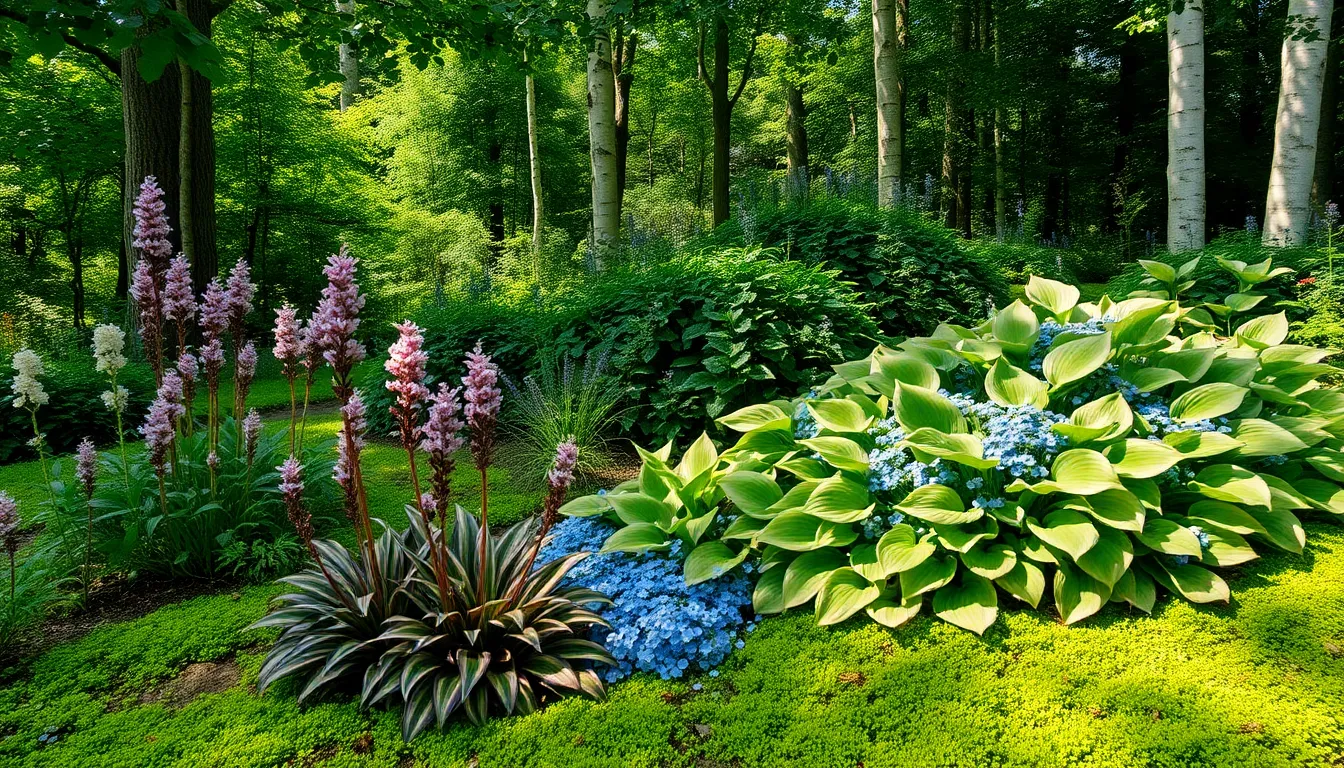Welcome to a world where your garden buzzes with life, and every bloom tells a story of vibrant pollinator partnerships. Whether you’re a novice gardener planting your first seeds or a seasoned green thumb seeking to enrich your garden’s ecosystem, this guide is your passport to creating a thriving, pollinator-friendly paradise right at home.
Imagine stepping into your garden and being greeted by the dance of butterflies and the hum of bees, all drawn in by the plants you’ve lovingly nurtured. This carefully curated list of plants not only enhances the beauty of your space but also plays a crucial role in the health of our environment, ensuring you reap the rewards of a flourishing garden while contributing positively to the planet.
By selecting the right indoor plants, you can transform even the smallest spaces into lively sanctuaries buzzing with natural activity. With practical tips and expert advice, you’ll feel empowered to cultivate a successful indoor garden that attracts these essential pollinators, bringing joy and satisfaction to your gardening journey.
Lavender (Fragrant Blooms for Bees and Butterflies)
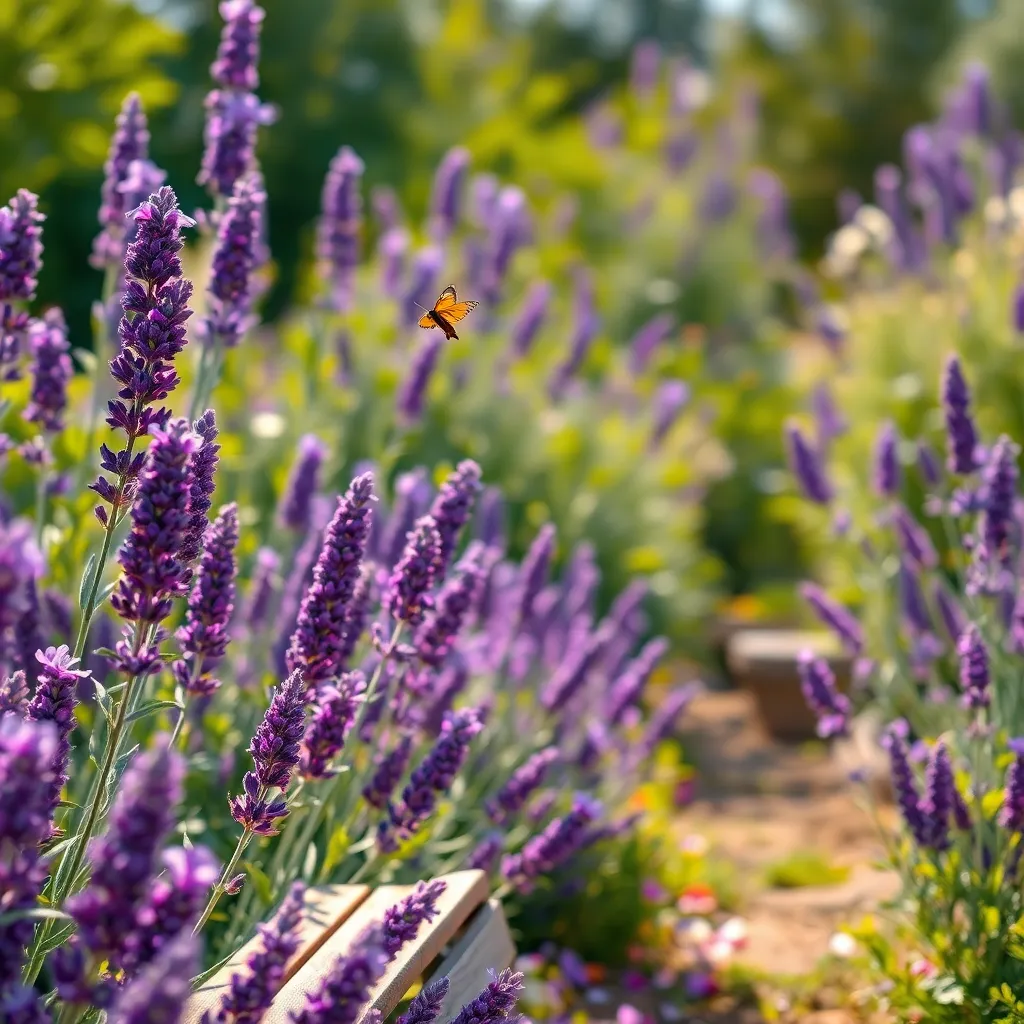
Lavender is a delightful addition to any garden, offering fragrant blooms that attract both bees and butterflies. To ensure optimal growth, plant lavender in a location that receives at least six hours of sunlight daily.
Choose well-draining soil, as lavender prefers a dry environment and can suffer in overly moist conditions. Amending your soil with a bit of sand or gravel can enhance drainage and mimic the plant’s native Mediterranean habitat.
Water lavender sparingly; once established, it is drought-tolerant and too much water can lead to root rot. A general rule of thumb is to water when the top inch of soil feels dry to the touch.
For those looking to maximize the plant’s blooms, consider pruning lavender in early spring. This helps to maintain its shape and encourages a more abundant flower production throughout the growing season.
Coneflower (Vibrant Colors to Lure Hummingbirds)
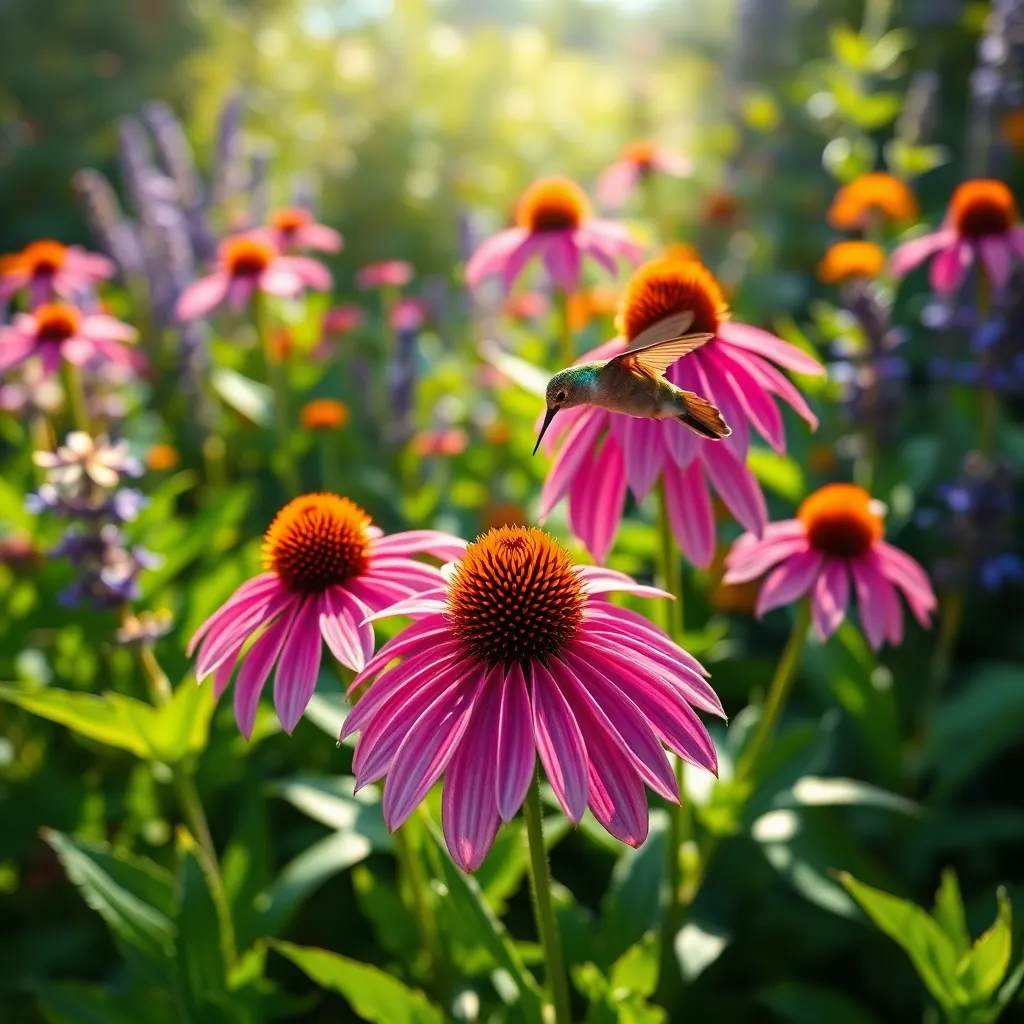
The coneflower, known for its vibrant blooms, is a magnet for hummingbirds, adding both beauty and motion to your garden. These perennial plants thrive in full sun and well-drained soil, making them a versatile choice for many garden settings.
Plant coneflowers in a location where they receive at least six hours of sunlight daily to ensure their blossoms are bright and inviting. Water them moderately, allowing the soil to dry out between waterings to prevent root rot.
Beginner gardeners will appreciate that coneflowers are relatively low-maintenance and drought-tolerant once established. For experienced gardeners, deadheading the blooms can encourage more flowering throughout the season.
To enhance their growth and flower production, consider applying a balanced fertilizer in early spring. This simple step can reward you with a more robust display of flowers that will keep pollinators returning season after season.
Milkweed (Essential Host Plant for Monarch Butterflies)
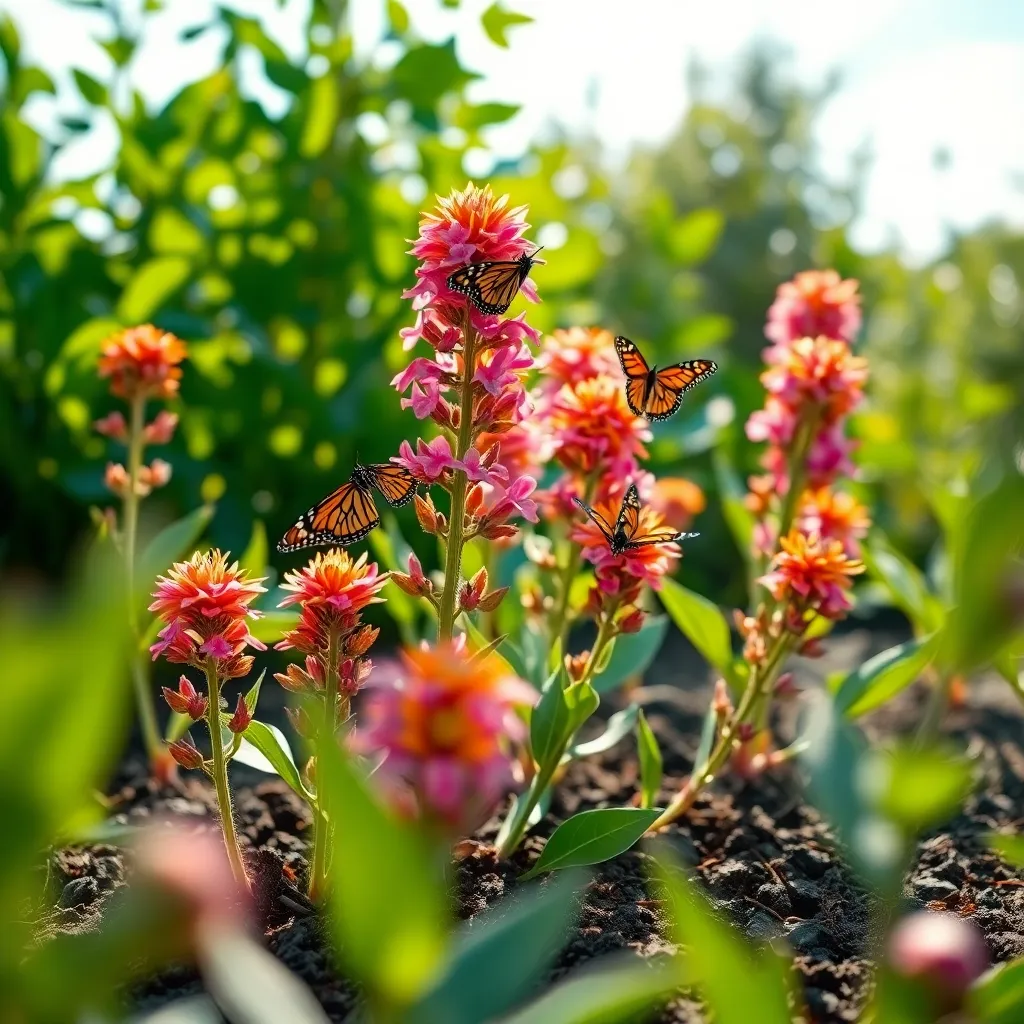
Milkweed is an essential plant for attracting monarch butterflies, as it serves as the sole host plant for their larvae. To get started with milkweed, choose a sunny spot in your garden, as these plants thrive in full sun conditions.
Select a well-draining soil to prevent root rot, which can be a common issue with milkweed. If your garden soil is heavy or clay-like, consider adding sand or organic matter to improve drainage.
Water newly planted milkweed regularly until established, ensuring the soil remains consistently moist but not waterlogged. Once established, these hardy plants require less frequent watering, usually only during prolonged dry spells.
For those in regions with colder winters, consider planting native milkweed varieties that are better adapted to your local climate. Advanced gardeners can experiment with different species, such as swamp milkweed or butterfly weed, to create a diverse habitat attractive to various pollinators.
Bee Balm (Nectar-Rich Flowers for Pollinator Parties)
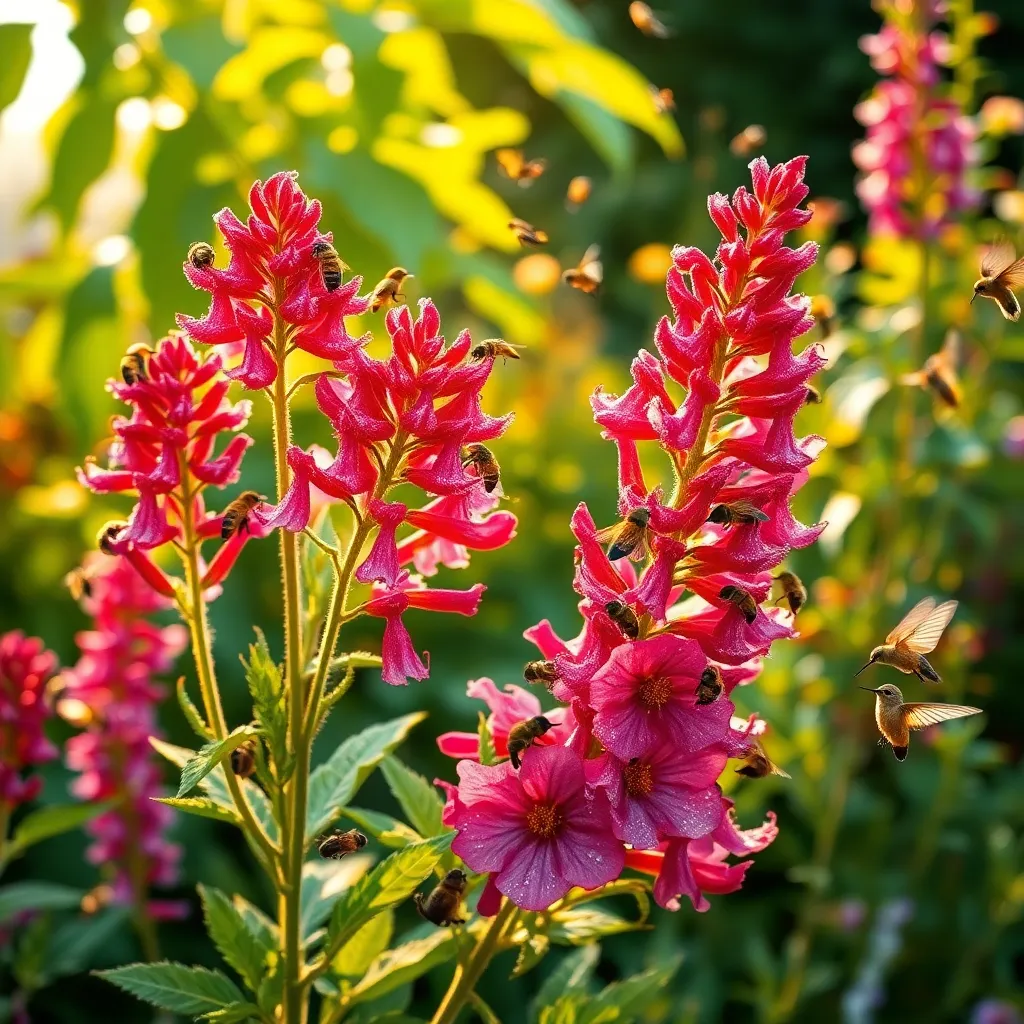
Bee balm, with its vibrant blossoms, is a magnet for pollinators like bees, butterflies, and hummingbirds. To cultivate this nectar-rich plant successfully, choose a location with full sun to partial shade and well-draining soil.
Regular watering is essential, particularly in the first growing season, to establish a strong root system. Once established, bee balm is relatively drought-tolerant, but it thrives with consistent moisture, especially during hot, dry spells.
For those interested in advanced gardening techniques, consider dividing the plants every 2-3 years to maintain vigor and prevent overcrowding. This division not only improves plant health but also offers an opportunity to expand your garden or share with fellow enthusiasts.
Bee balm is also susceptible to powdery mildew, a common issue that can be managed with good air circulation and regular pruning. By cutting back spent flowers, you not only promote better airflow but also encourage a second bloom, extending the pollinator party in your garden.
Zinnias (Long-Lasting Blooms to Attract Diverse Pollinators)
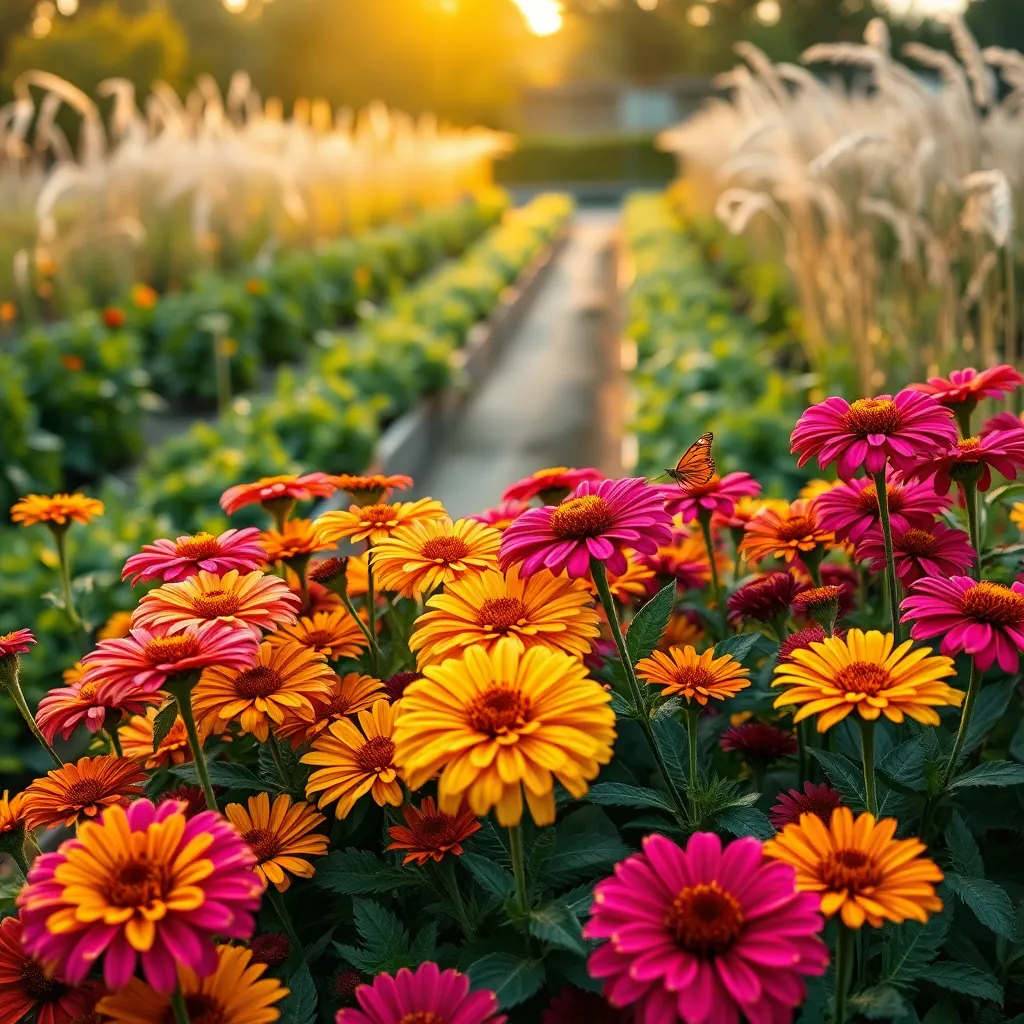
Zinnias are a gardener’s delight, offering vibrant, long-lasting blooms that are irresistible to a variety of pollinators, including bees, butterflies, and hummingbirds. They thrive in full sun and well-drained soil, making them an easy-to-grow option for both beginners and seasoned gardeners.
To plant zinnias, sow seeds directly into the garden after the last frost, spacing them about 6 to 12 inches apart to allow for proper air circulation. This spacing helps prevent powdery mildew, a common issue with zinnias, especially in humid climates.
Water your zinnias regularly, aiming for about an inch of water per week, but ensure the soil dries out between watering to avoid root rot. For continuous blooms, deadhead spent flowers regularly; this will encourage the plant to produce more flowers throughout the growing season.
For those looking to boost their zinnia patch, consider planting in succession every two weeks during the early summer to prolong the blooming period into the fall. Advanced gardeners can experiment with different zinnia varieties, such as ‘State Fair’ or ‘Cut and Come Again,’ which offer unique colors and forms to attract even more pollinators.
Conclusion: Growing Success with These Plants
As we wrap up our exploration of the best plants for attracting pollinators to your garden, let’s revisit the five key concepts that can transform your outdoor space into a vibrant haven of life. First, diversity is your ally—by incorporating a variety of plants, you create a rich tapestry that invites a multitude of pollinators. Second, native plants are not just beautiful; they are essential for supporting local ecosystems. Third, consider bloom times to ensure a continuous food supply throughout the seasons. Fourth, remember the power of color as a natural attractant. Finally, avoid pesticides to protect the delicate balance of your garden community.
Feeling inspired? Your actionable next step is to visit a local nursery and choose just one native plant to add to your garden today. This simple act sets the foundation for a thriving relationship between your garden and its pollinators.
Don’t forget to bookmark this article for future reference, ensuring these insights are always at your fingertips. As you nurture your garden, you nurture the very relationships that sustain our environment. Embrace this journey, and watch as your garden flourishes, reflecting the success and harmony you cultivate in your own relationships.

